

The self-styled ‘Professor of Physick’ and prolific publisher of medical texts William Salmon (1644-1713) was described by some as the ‘King of the Quacks’.1 While I’m sure he did not see himself in that light he was an empiric, a man who gained his medical knowledge through experience. One of his many medical texts was Iatrica, seu, Praxis medendi, The practice of curing. This book appearing in 1681 is a fascinating collection of medical cases and the cures employed to restore health. Every time I open the book something new and intriguing catches my eye.
This time it was a particular remedy for convulsions. Salmon lists remedy after remedy for convulsions in this section of the book. The 23rd suggestion is
Baths may be made of proper herbs, with the addition of a third part of Oyl; or, a proper Oyl may be fitted to anoint the parts affected with immediately after bathing. Some use a decoction, or broth of Foxes flesh, which is indeed a good Anodyn
The remedy was made by separating the two pounds of fox’s flesh from the bones. To this was added two handfuls of common salt, and the then the who lot was boiled in water and oil to make a bath. The patient bathed in the mixture for two or three hours at a time for several days. 2
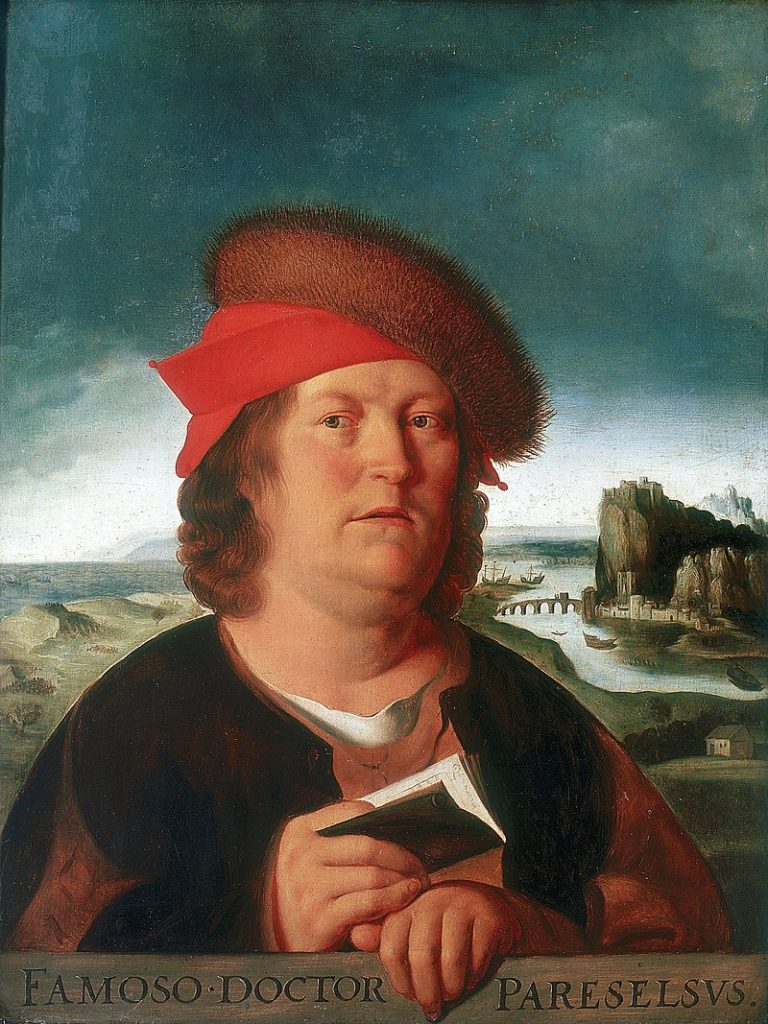
This wasn’t the only condition for which Salmon thought the cunning fox might offer the cure. When he described cures for palsy he often described the inclusion of fox grease and fat. In one instance he explained that the famous Swiss-born chemical physician Paracelsus (seen here) cured palsy with the following mixture:
Take Fox Grease, two ounces: Oyl of Earth-Worms, one ounce: Oyl of Bricks, half an ounce: mix them together and anoint therewith: It was accordingly done, and in short space, no Wound, Swelling or Palsy appeared in him. 3
Salmon was not unusual in using the flesh of a fox to cure disease. Nicholas Culpeper, the prolific translator of medical texts, included in his mid-seventeenth-century translation of the Royal College of Physicians pharmacopoeia included the note that
The lungues [lungs] of a Fox well dried ( but not burned) is an admirable strengthner to the lungues. 4
He later explained that a Lohoch (linctus, or medicine to be licked up with the tongue) of Fox lung could be made by beating the lungs into a fine powder with liquorice juice, maidenhair, anise seed, sweet fennel and sugar.5 This medicine was designed to cleanse the lungs, heal ulcers in the lungs and cure phthisic.
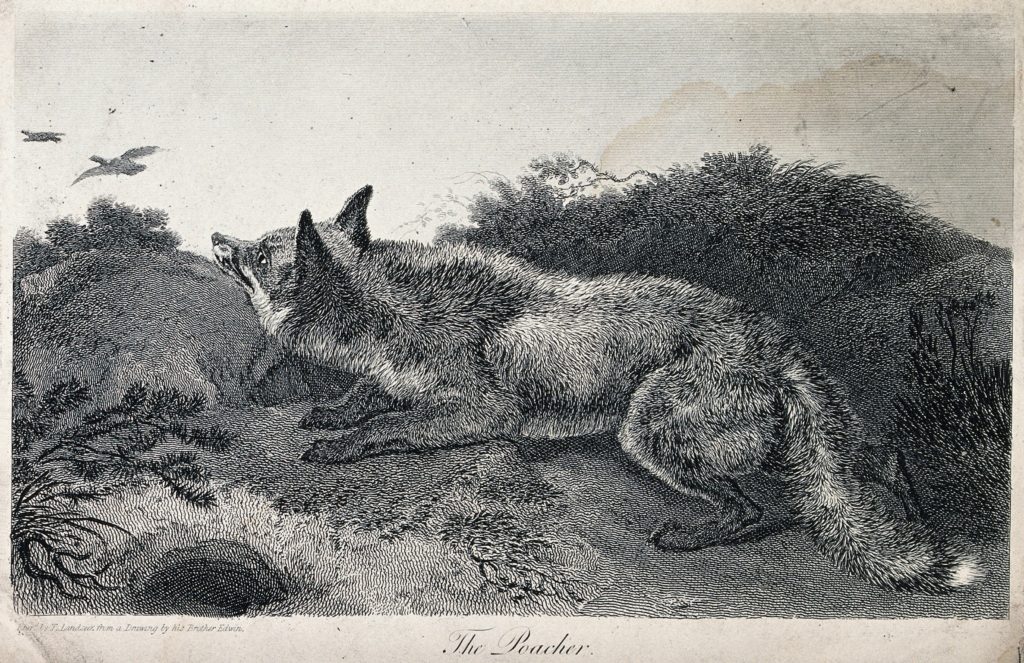
The medical dispensary of Jean de Renou likewise offered a method for creating ‘Oyl of Foxes’. This like the remedies we have already seen, involved taking a fox ‘at his full growth’ and removing his fat, entrails, and skin which cutting it into small pieces. To this was added salt, dilly, thyme and germander. The mix was boiled in water and white wine until the flesh separated from the bones. At this point oil of sage and oil of rosemary were added and the mixture was boiled again.6 Renou explained that medical authorities had variously suggests that the fox needed to be boiled alive, or boiled with his skin, or with the bowels washed in advance. Whatever method was adopted Renou said that the resulting oil was ‘very eximious’ and ‘most efficacious’ in corroborating the nerves and defending them from cold injuries.
The cunning old fox, like many beasts and animals, seems therefore to have had a range of medicinal uses in the early modern period.
___________________________________________________
- Hanson, Craig Ashley (2009). The English virtuoso : art, medicine, and antiquarianism in the age of Empiricism. Chicago, Ill.: University of Chicago Press
- William Salmon, Iatrica, seu, Praxis medendi, The practice of curing (London, 1681), p. 477.
- Ibid, p. 648.
- Nicholas Culpeper, A physicall directory, or, A translation of the London dispensatory (London, 1649), p. 70.
- Ibid, p. 141,
- Jean de Renou, A medicinal dispensatory, containing the whole body of physick (London, 1657), pp.666-667.
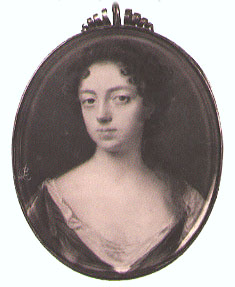

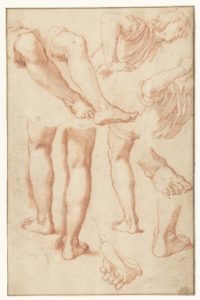
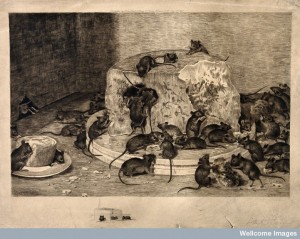

What is “Oyl”?
Oil, y and I are interchangeable in early modern texts